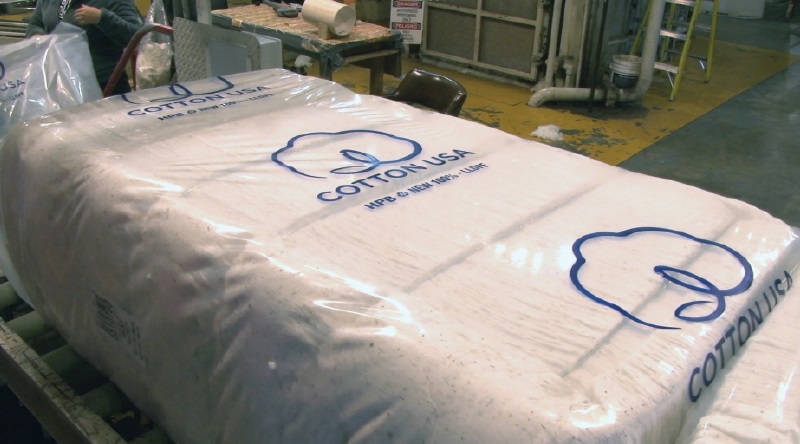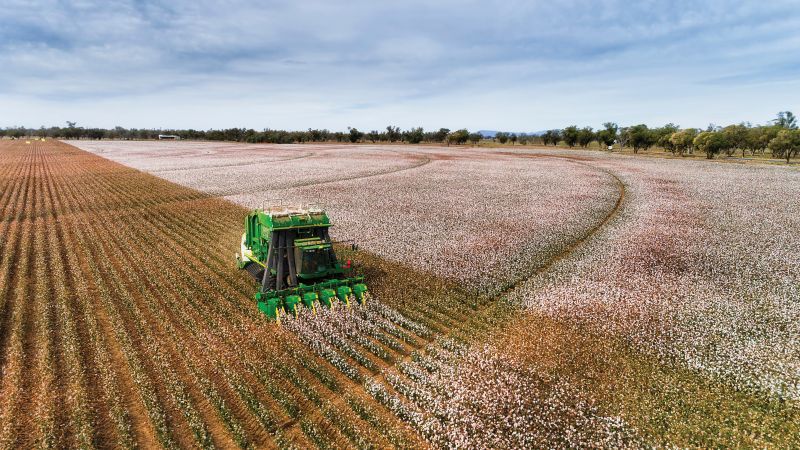As Usual, Government Intervention In The Cotton Market Fails In The End
At first glance, the application of the words “New Frontiers” to cotton appears incongruous. After all, cotton is almost as old as civilization itself and has been widely traded for more than a thousand years. It is a mature product and one would expect change to arrive gradually and predictably.
However, such is not the case today. As I write, cotton prices are hovering around 11-month lows. The cause of the current price slump is largely attributed to uncertainty over the disposal of large stocks that have been built up as a result of government intervention. As a result of three years of state purchases, the world stock-to-use ratio has risen to 0.86. In other words, reserves are available to cover more than 10 months of world consumption, the highest proportion since 1945/46.
So-called “buffer stocks” are not a new phenomenon. The United States built up substantial government stocks of cotton in the 1970s and 1980s. Buffer stock schemes in other commodities were introduced under the aegis of international commodity bodies, but the end result was the same: failure and eventual abandonment of this type of intervention.
Even the policy makers in China responsible for the current build-up of cotton stocks have reportedly come to the conclusion that this policy is unsustainable and are searching for ways to support farmers that are consistent with World Trade Organization guidelines.
Although it would appear that the build-up of cotton stocks should stop by mid-2014, the question of how these reserves will be liquidated remains to be seen.
Cotton can be stored for many years without major adverse effects on quality but significant costs are involved in maintaining a buffer stock, including storage, insurance, interest and other charges. Therefore, it is likely that these stocks will return to the market sooner rather than later. Even so, most observers believe that any drawdown will be undertaken in an orderly fashion, without provoking major price swings. The logical consequence of this line of reasoning is that cotton prices would fall below their long-term average trend for several years – the exact inverse of the situation we have experienced since 2010.
Now, we must ask: Why should we care about this instance of government intervention in the cotton market? After all, many participants in the cotton value chain apparently derive advantages from this policy. Growers all over the world have increased their incomes due to higher prices. Merchants have benefited from increased trading volumes, and price volatility has declined sharply. So, are the coffers of the world’s largest cotton-producing country the only losers as a result of this process?
The answer is an emphatic no. By keeping prices above the levels they would attain in a free market environment, great damage has been done to the long-term prosperity of the world cotton sector. High prices have reduced the competitiveness of cotton versus man-made fibers. As a result, overall consumption of cotton is stagnant and still below the levels prevailing before the beginning of the intervention. Even if cotton prices become more competitive as stocks are liquidated, some end-users have probably made a definitive switch to competing fibers and a portion of demand may have been lost forever.
As we explore these new frontiers, let us hope that those responsible for the cotton buffer stock implement policy changes in a transparent manner, enabling stakeholders to plan with the greatest possible degree of awareness of all possible influences on their future and a minimum of speculation.








